I want to build a connected scale that I can set coffee powder (for example) on it and check over the internet how much of coffee I still have without going to see it.
Usually all loadcells have a creep factor, like this one, which has a creep factor of 0.1%FS/10MIN Does this mean that the output will decrease by 0.1% each 10 minutes at full scale? If this is true, then the connected scale is not a viable product?
